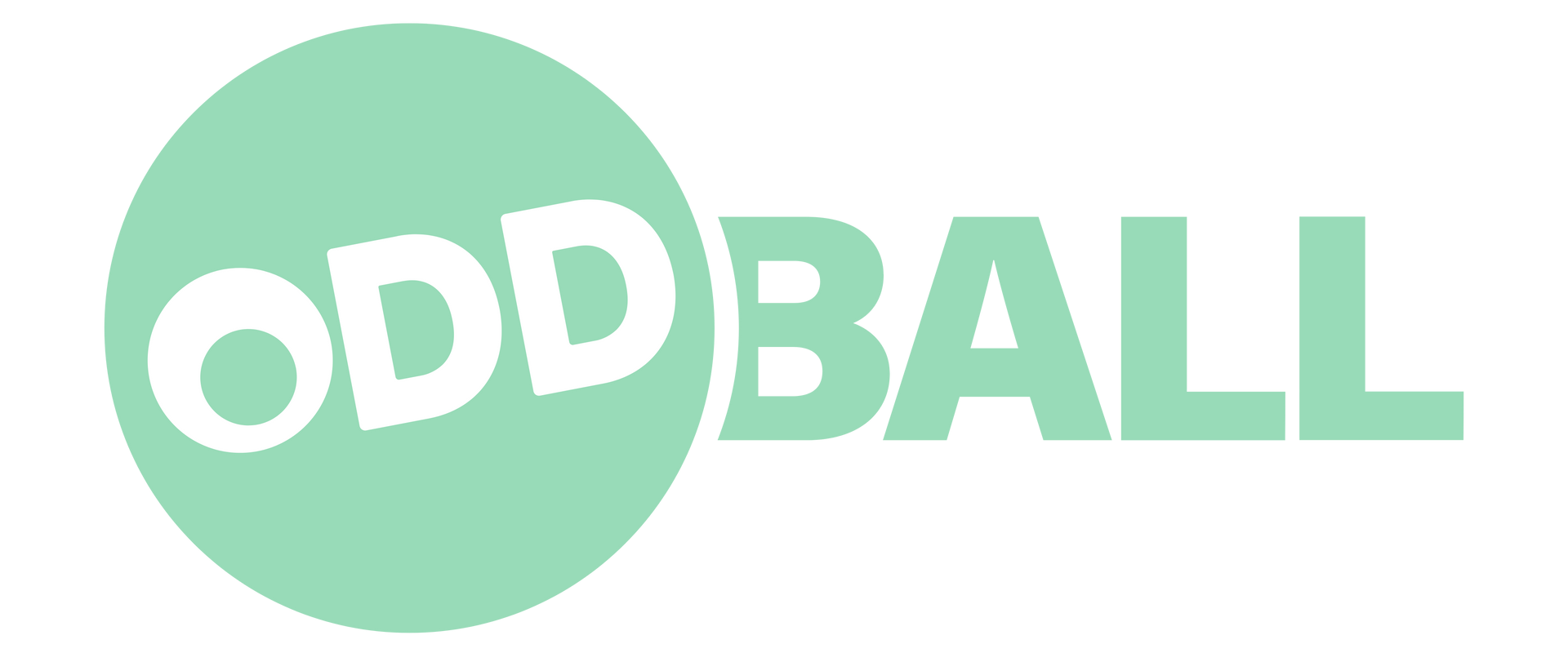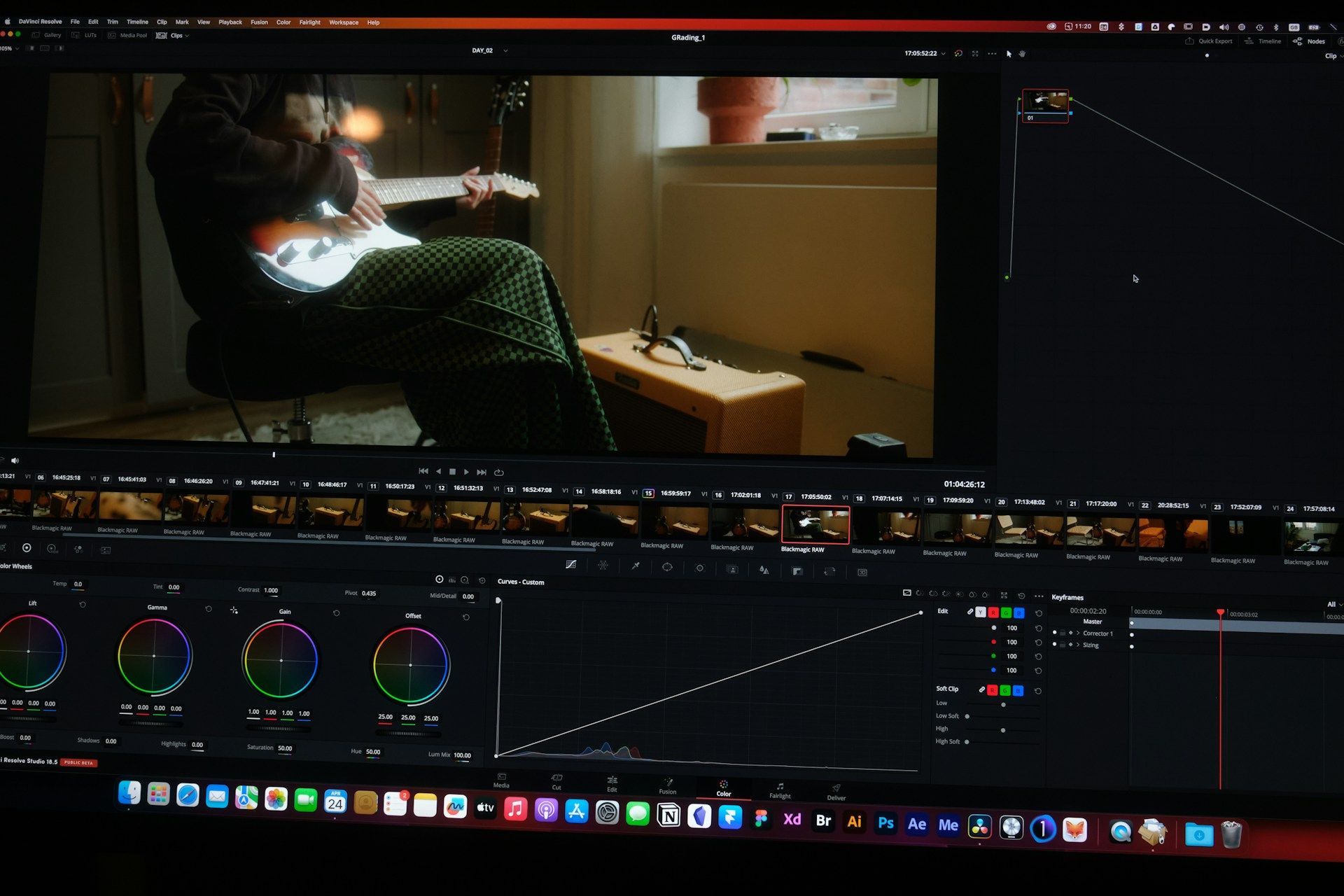How Programmatic Advertising Improves Campaign Results
Every ad campaign has one clear goal: results. But good results don’t just happen. They come from smart planning and smart tech. That’s where programmatic advertising comes into play. Instead of relying on manual placements or broad guesses, this method uses automation and data to make ad delivery sharper and more effective.
It’s changing how marketers connect with people online. By removing the guesswork, programmatic advertising helps businesses target who they want, where they want, and when it matters most. And with fall marketing campaigns just around the corner in August, it’s a good time to explore how automation can lead to stronger outcomes without wasting time or budget.
What Is Programmatic Advertising?
Programmatic advertising is a big-sounding term, but the concept is pretty simple. It’s a way to buy and serve ads using software. Instead of people negotiating and placing ads manually, a program or algorithm does the heavy lifting. This process happens in a split second while a webpage is loading.
At its core, this advertising model connects advertisers and publishers through automated systems. Here's how it works:
- Real-Time Bidding: Think of it like an auction happening in milliseconds. When someone opens a webpage, advertisers bid in real time for a chance to show their ad. The highest bidder wins that space.
- Direct Deals: These allow advertisers to strike one-on-one deals with publishers without the auction, guaranteeing ad placement.
- Private Marketplaces: These are invite-only bidding spaces that offer premium inventory in a more controlled environment.
The key takeaway is that programmatic advertising helps businesses deliver ads more strategically instead of casting a wide net and hoping for the best.
Benefits Of Programmatic Advertising
One of the biggest perks of using programmatic advertising is laser-focused targeting. Since it relies on real-time data, you can reach the right audience based on location, interests, behavior, and more. If you're promoting back-to-school gear, for example, you can target parents currently searching for school supplies across specific websites or apps.
Here are a few more reasons why programmatic is catching on fast:
1. Better Audience Reach
You’re not spending budget showing ads to people who don’t care. Instead, you’re reaching consumers whose behavior suggests they’re already interested in what you’re offering.
2. Improved Efficiency
Since the software handles much of the ad buying process, your team spends less time sorting through data and platforms. That often means faster campaign setup and better use of your ad dollars.
3. Real-Time Adjustments
If something isn’t working, you don’t need to wait for a post-campaign report. With programmatic tools, you can adjust on the fly. Whether it's tweaking visuals, setting new budgets, or shifting targeting rules, you're making smarter moves in the moment.
Rather than running the same ad everywhere and hoping it sticks, programmatic ads shift according to what your audience responds to. That way, you’re always learning, refining, and improving.
How Programmatic Advertising Works
Understanding the mechanics of programmatic advertising can help make what sounds complicated feel more straightforward. At the center of it are two digital tools: Demand-Side Platforms, or DSPs, and Supply-Side Platforms, or SSPs.
DSPs work for advertisers. They help decide where ad dollars should go by analyzing a variety of data points, like demographics and past online behaviors. This helps figure out which ad impressions are worth the spend.
SSPs operate on the publisher's side. They help manage and sell available ad space across websites or apps. This makes it easier for advertisers to find and purchase ad slots that match their target audiences. The result is a two-sided system where both parties benefit from automation.
What makes it all click is data. Algorithms take the lead in analyzing performance and fine-tuning the approach. As the campaign runs, the systems are constantly adjusting based on who's clicking, who's engaging, and what's producing good results. These findings guide where ads are placed and who sees them next.
Real-World Applications And Success Stories
Programmatic advertising works across almost every industry. From retail to entertainment to travel, companies are tapping into this strategy to connect more effectively with potential customers.
For instance, a clothing brand might use programmatic tools to promote a new back-to-school line. Instead of placing broad ads, they hone in on parents who have recently browsed backpacks, jeans, or school shoes. Because the ads are matched to behavior, shoppers are more likely to click through and buy.
The entertainment industry finds success promoting movie releases or live events using the same logic. Say someone regularly streams action films or attends concerts in their city. With programmatic ads, a ticketing company can serve up ads just to those people when a relevant event is announced.
One travel company offers a solid real-world example. Facing a last-minute push to boost bookings for winter vacation packages, they turned to programmatic advertising. By targeting users actively searching for getaways, flights, or travel ideas, they saw an uptick in conversions and fewer wasted ad impressions. The software made it easy to reach those already in vacation-planning mode without spending on the wrong audience.
These examples show that when done right, programmatic advertising doesn’t just increase awareness. It turns interest into action.
Smarter Campaigns Start Here
Programmatic advertising is more than a buzzword. It’s a smarter way for businesses to get their message in front of the right people, quickly and efficiently. When you combine automation with data, things happen faster. Ads go where they belong. Budgets stretch further. Results get better.
By using tools like real-time bidding and setting up private deals, advertisers can fine-tune how and where their messages appear. The built-in flexibility means you're not stuck with outdated strategies. You can adapt in real time and spend smarter.
Better targeting, better timing, and better data—that’s the real value. The sooner your campaigns shift toward programmatic methods, the quicker you’ll see tighter focus and stronger outcomes. Businesses looking to sharpen their digital strategies should turn their attention to this automated solution. It could be the missing link turning outreach into measurable success.
If you're looking for a smarter way to maximize your digital reach, programmatic advertising can help you better connect with your audience while making each ad dollar count. Discover how Oddball Creative can support your goals by taking a closer look at our approach to
programmatic advertising.



